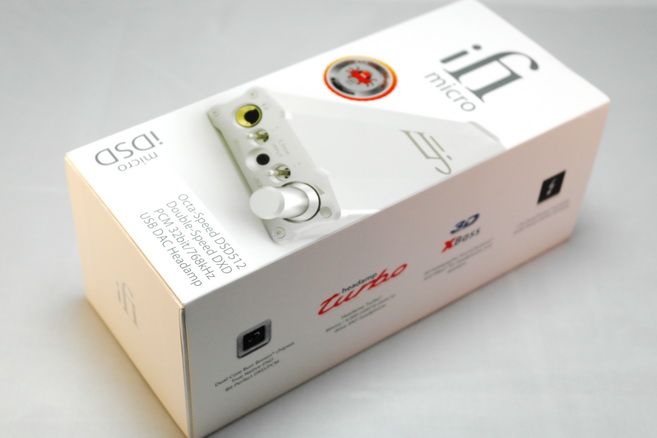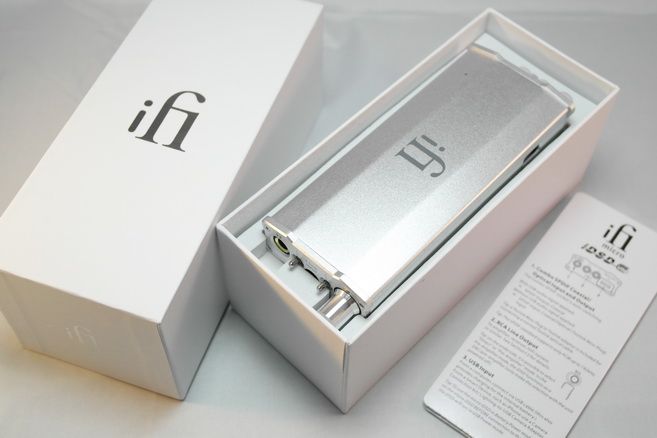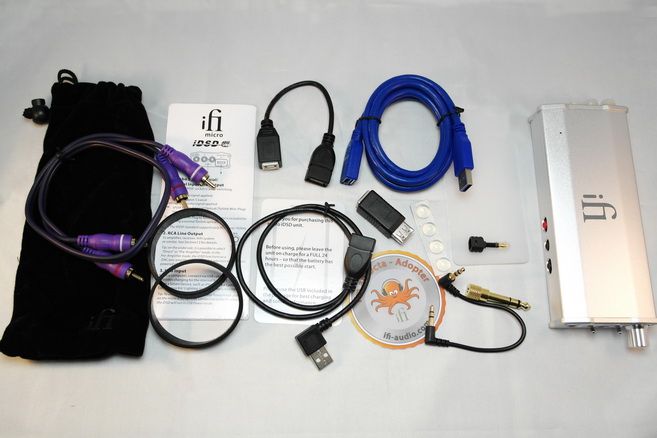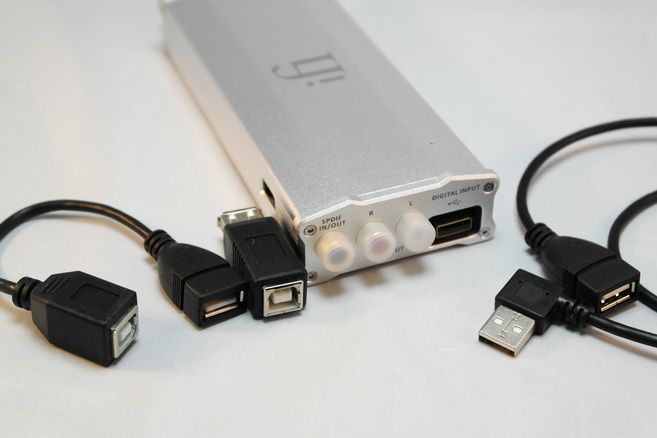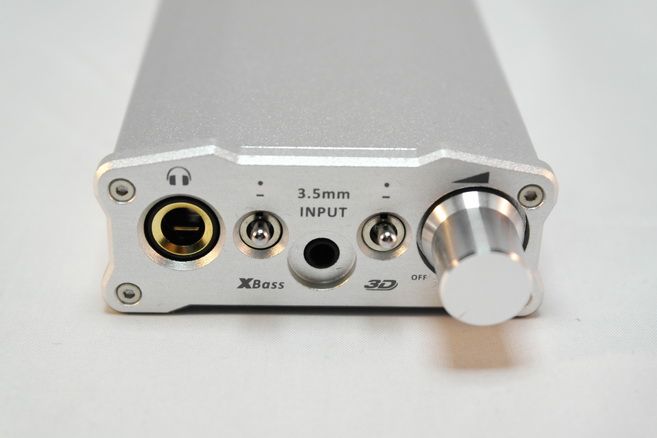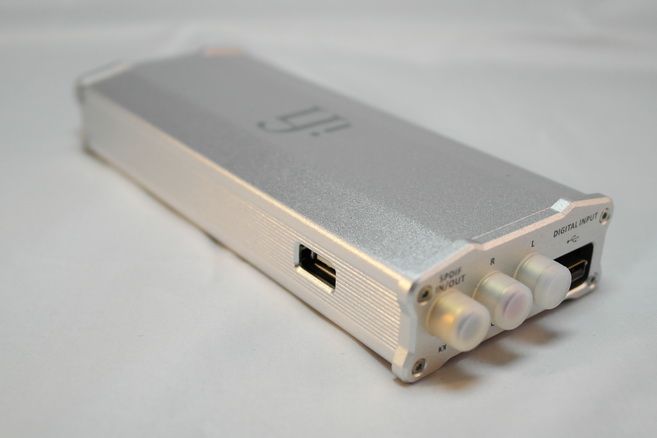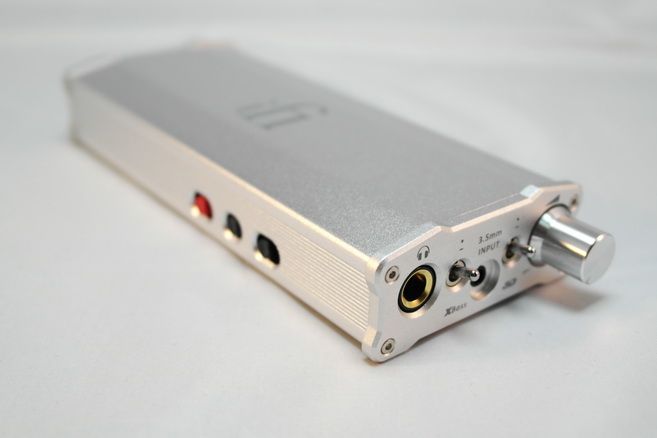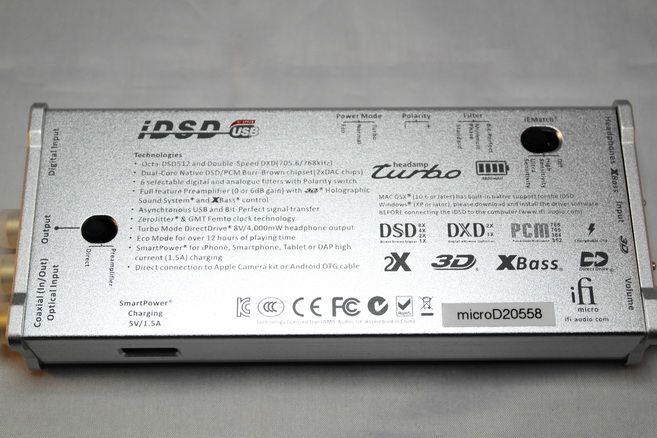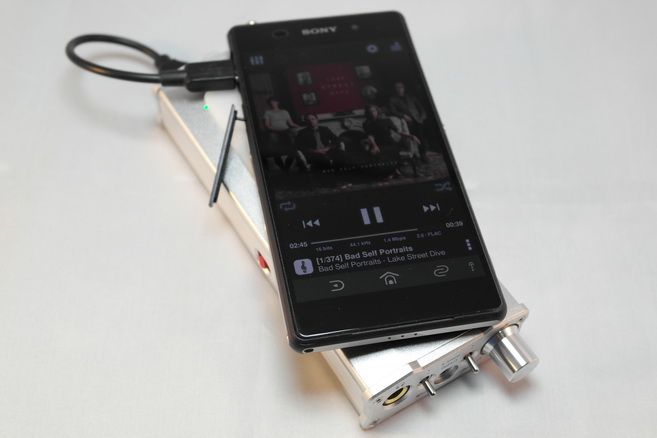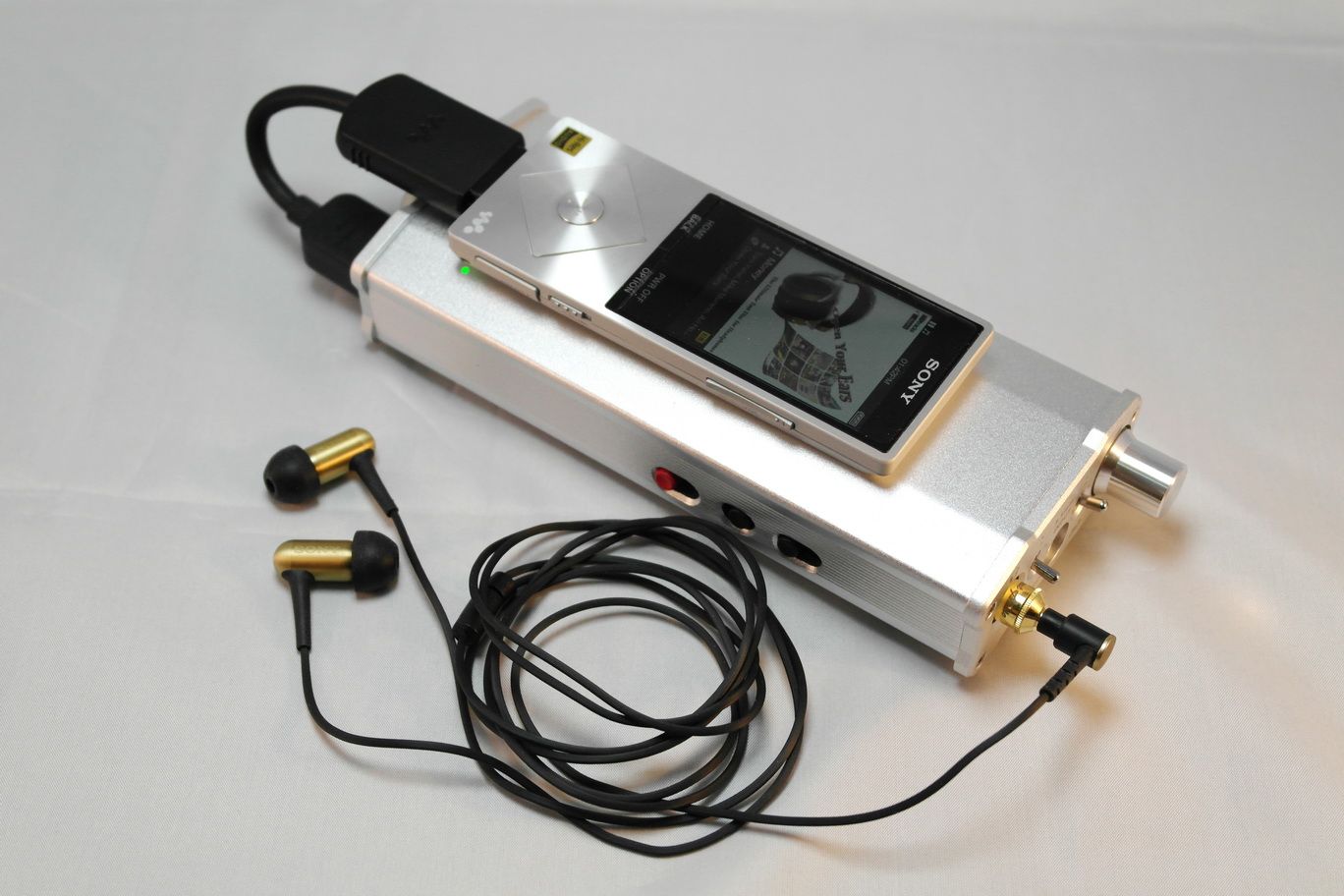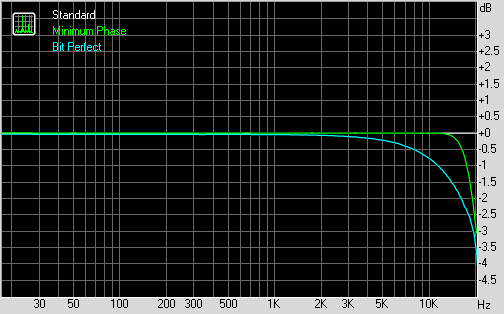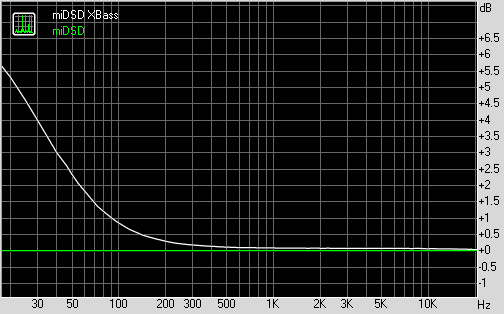Gears used for comparison:
Headphone - Sony Z1R, HIFIMAN HE1000.V2, Sennheiser HD800
AMP - Schiit Jotunheim (amp), Audio-GD NFB-1AMP
DAC - L.K.S MH-DA003
I own iFi iDSD nano, so the driver is already in my computer,
I plug it in and the device shows in my PC and in Foobar2000 output list.
- Sound Quality by power mode.
Eco mode,
It has very good SQ for my Z1R, it drives the music beautifully without holding back.
Even the Z1R is an easy driven headphone, the amp is capable to drive it to reproduce the music
as it should be, I hear clarity and dynamic in
this mode. The XBass feature extends bass a little deeper and doesn't add too much.
the result is very good to my ear, definitely a plus point to amp section.
Normal mode,
It is sufficient to drive HE1000 and HD800 and of course Z1R.
Adding XBass my HD800 bass response is enhanced in a pleasant way makes it better
than I ususal know it.
Turbo Mode,
More power for sure, the benefit for what I can see is less turn of volume knob.
I do not have 600ohm headphone like T1 or HE-6, so I would not know
if it is a must to use this mode for those headphones.
When XBass is on, this mode will show too much bass boom and becomes overwhelm
which somehow degrades overall SQ.
This is not the case in normal power mode, which blends real well.
Sound stage is pretty good in width & depth and layering of instruments are clear.
However, it is still a little smaller than my LKS+NFB-1AMP, the music with BL
feel closed by, it is good when on the move. While at home, if it can be extended
a little more that will make it almost perfect.
Overall, this amp has planty of power, and XBass is absolutely a handy feature that
adds the extra bass when you need it.
My Sony Z1R has been considered as bass strog headphone, turning on XBass
make the bass fuller and punchier, I am like "Wow...".
I think to turn it on or off would be music track and headphone dependant.
It can be too musch bass for some music, but it also add fun factor to
some tracks that I am familiar with.
3D+ feature
However doesn't have dramatic effect as XBass, I don't hear much
difference on my musics.
I tried this with normal gain on HE1000-V2 headphone, in case you wonders.
Filters,
They all sound a bit different, I used a DSD album to test this:
- bit-perfect: it sounds darker than min, phase, but smooth, one has to turn volume a little up.
- min. phase : this sounds more open on female voice track
- standard : this mode has loundest volume on all 3 modes.
overal, it gives me this impression, min. phase mode change the sound smoothier
than standard filter, and bit-prefect filter even improve the smoothness further
than min. phase filter.
It gives users 3 flavors of sounds, you will find one that you like the best.
- Build Quality:
The Pphysical size is smaller then I expected, about 1 inch short of twice
length of iDSD nano.
Its whole metal construction feels solid and strong, the build is no doubt
at one of the highest quality, and its weight is on the light side with its
rich feature in such small package.
It might be too big for portable if you use to tie your cell phone/DAP with
dac/amp.
But it is small enough for me to take it with me any where in my bag.
- Comparison:
The overall clarify and music layering is about the same as my LKS+Jotunheim (L+J).
But, my L+J combination sounds fuller at times, BL is a tad thin in music
reproduction, but it needs to do careful back and forth comparison to notice it.
However, BL is only 1/3 of the price of L+J combo, and it is portable that means you
can take it with you on the road and enjoy the vivid music.
- Conclusion:
The amplification part, BL is small in size but never lack in power,
it performs really well to drive all my headphones.
I use normal mode all the time which has enough power to drive all my headphones.
And I really like the XBass feature that you will surely enjoy for some musics.
For its price, capability, features, flexibility and performance,
I will definitely recommend this DAC/AMP to any one who is looking for a combo
for portable or desktop use.
- Final note:
About volume knob, the mark on it is almost invisible, same to Jotunheim and
iDSD nano.
It is not a problem for Audio-GD amp because it is digital, the number display
perfectly shows the volume.
I have seen a user mod the knob of a BL unit, and it looks gorgeous and clear.
It is obvious a common issue for analog knob, hopefully it can be improved among
manufactures.
Headphone - Sony Z1R, HIFIMAN HE1000.V2, Sennheiser HD800
AMP - Schiit Jotunheim (amp), Audio-GD NFB-1AMP
DAC - L.K.S MH-DA003
I own iFi iDSD nano, so the driver is already in my computer,
I plug it in and the device shows in my PC and in Foobar2000 output list.
- Sound Quality by power mode.
Eco mode,
It has very good SQ for my Z1R, it drives the music beautifully without holding back.
Even the Z1R is an easy driven headphone, the amp is capable to drive it to reproduce the music
as it should be, I hear clarity and dynamic in
this mode. The XBass feature extends bass a little deeper and doesn't add too much.
the result is very good to my ear, definitely a plus point to amp section.
Normal mode,
It is sufficient to drive HE1000 and HD800 and of course Z1R.
Adding XBass my HD800 bass response is enhanced in a pleasant way makes it better
than I ususal know it.
Turbo Mode,
More power for sure, the benefit for what I can see is less turn of volume knob.
I do not have 600ohm headphone like T1 or HE-6, so I would not know
if it is a must to use this mode for those headphones.
When XBass is on, this mode will show too much bass boom and becomes overwhelm
which somehow degrades overall SQ.
This is not the case in normal power mode, which blends real well.
Sound stage is pretty good in width & depth and layering of instruments are clear.
However, it is still a little smaller than my LKS+NFB-1AMP, the music with BL
feel closed by, it is good when on the move. While at home, if it can be extended
a little more that will make it almost perfect.
Overall, this amp has planty of power, and XBass is absolutely a handy feature that
adds the extra bass when you need it.
My Sony Z1R has been considered as bass strog headphone, turning on XBass
make the bass fuller and punchier, I am like "Wow...".
I think to turn it on or off would be music track and headphone dependant.
It can be too musch bass for some music, but it also add fun factor to
some tracks that I am familiar with.
3D+ feature
However doesn't have dramatic effect as XBass, I don't hear much
difference on my musics.
I tried this with normal gain on HE1000-V2 headphone, in case you wonders.
Filters,
They all sound a bit different, I used a DSD album to test this:
- bit-perfect: it sounds darker than min, phase, but smooth, one has to turn volume a little up.
- min. phase : this sounds more open on female voice track
- standard : this mode has loundest volume on all 3 modes.
overal, it gives me this impression, min. phase mode change the sound smoothier
than standard filter, and bit-prefect filter even improve the smoothness further
than min. phase filter.
It gives users 3 flavors of sounds, you will find one that you like the best.
- Build Quality:
The Pphysical size is smaller then I expected, about 1 inch short of twice
length of iDSD nano.
Its whole metal construction feels solid and strong, the build is no doubt
at one of the highest quality, and its weight is on the light side with its
rich feature in such small package.
It might be too big for portable if you use to tie your cell phone/DAP with
dac/amp.
But it is small enough for me to take it with me any where in my bag.
- Comparison:
The overall clarify and music layering is about the same as my LKS+Jotunheim (L+J).
But, my L+J combination sounds fuller at times, BL is a tad thin in music
reproduction, but it needs to do careful back and forth comparison to notice it.
However, BL is only 1/3 of the price of L+J combo, and it is portable that means you
can take it with you on the road and enjoy the vivid music.
- Conclusion:
The amplification part, BL is small in size but never lack in power,
it performs really well to drive all my headphones.
I use normal mode all the time which has enough power to drive all my headphones.
And I really like the XBass feature that you will surely enjoy for some musics.
For its price, capability, features, flexibility and performance,
I will definitely recommend this DAC/AMP to any one who is looking for a combo
for portable or desktop use.
- Final note:
About volume knob, the mark on it is almost invisible, same to Jotunheim and
iDSD nano.
It is not a problem for Audio-GD amp because it is digital, the number display
perfectly shows the volume.
I have seen a user mod the knob of a BL unit, and it looks gorgeous and clear.
It is obvious a common issue for analog knob, hopefully it can be improved among
manufactures.

















































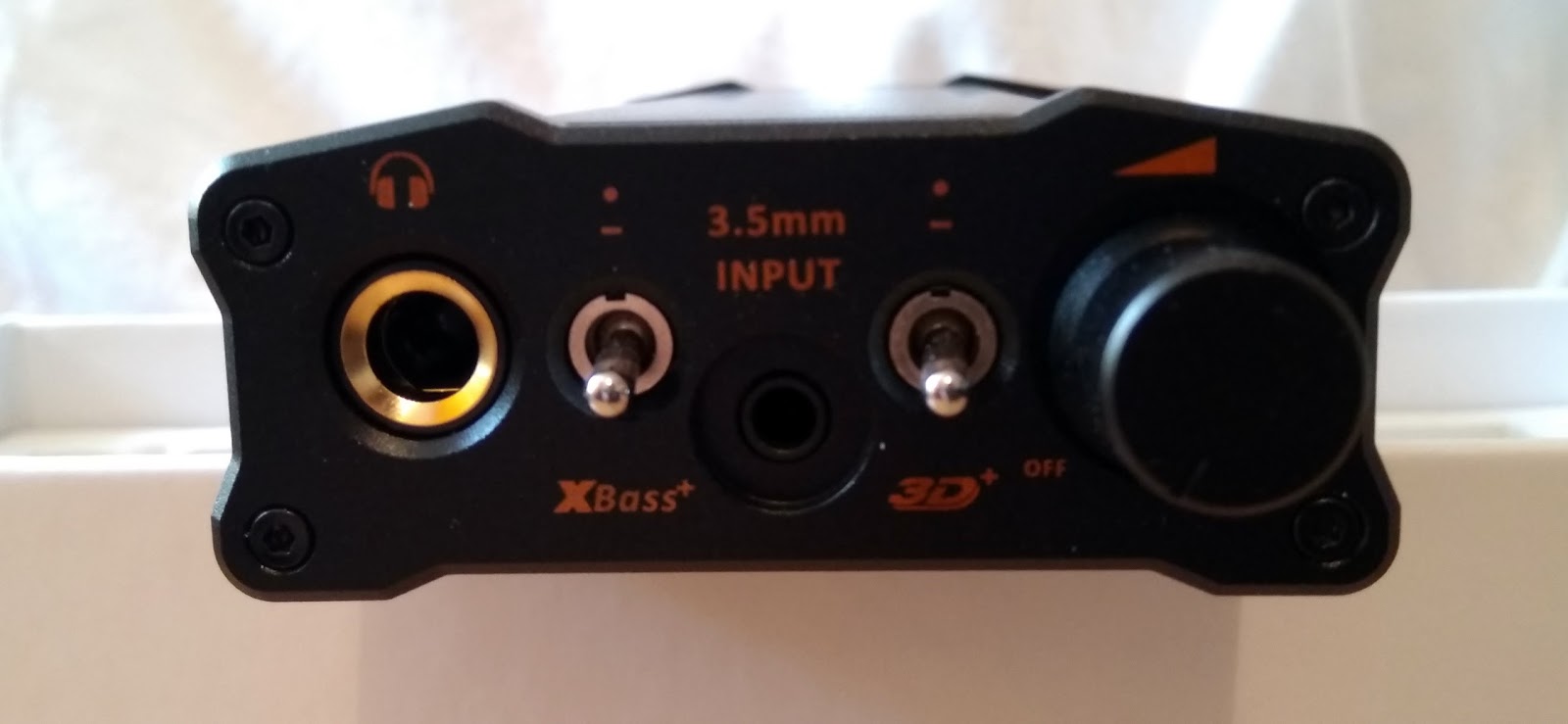





















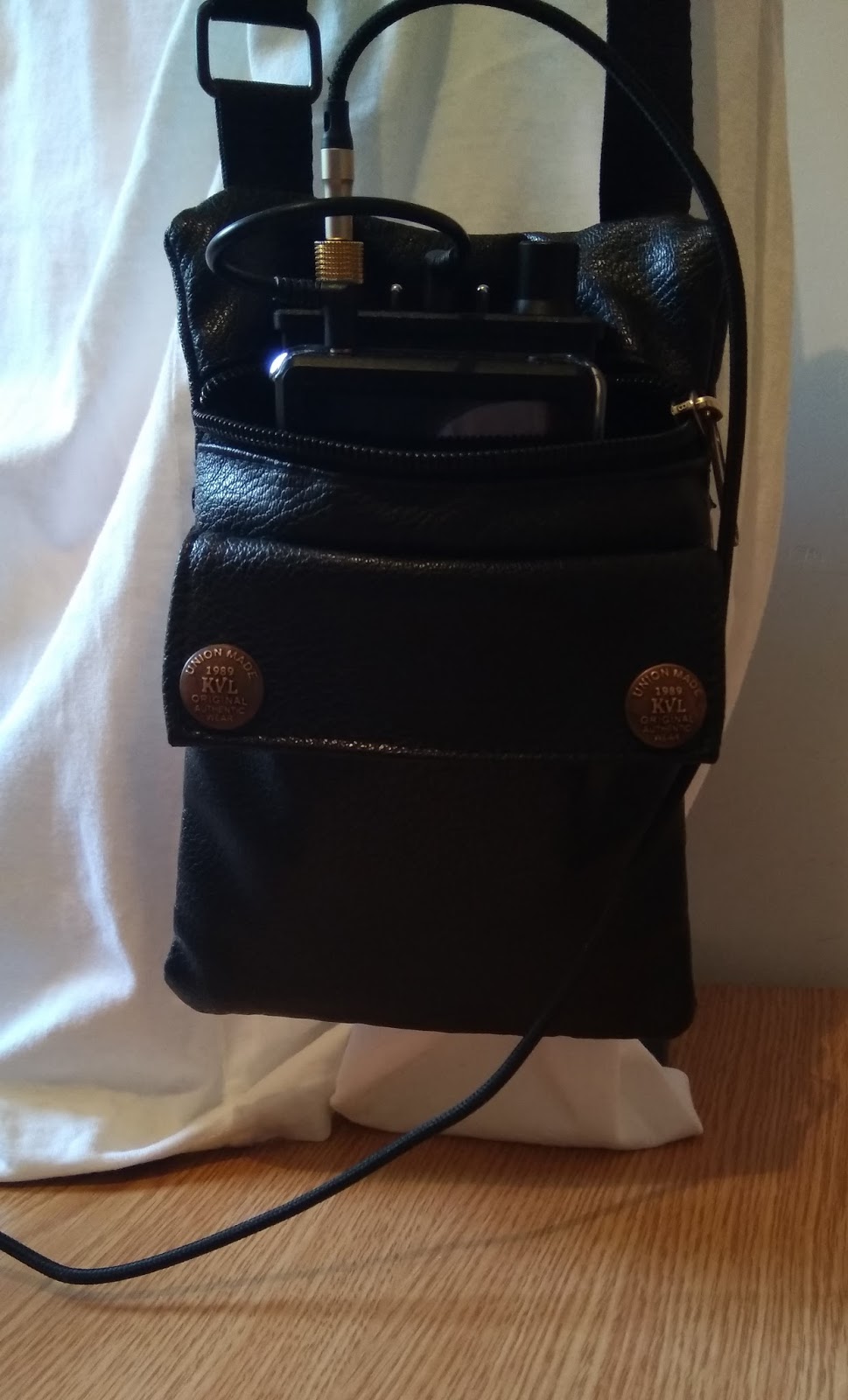
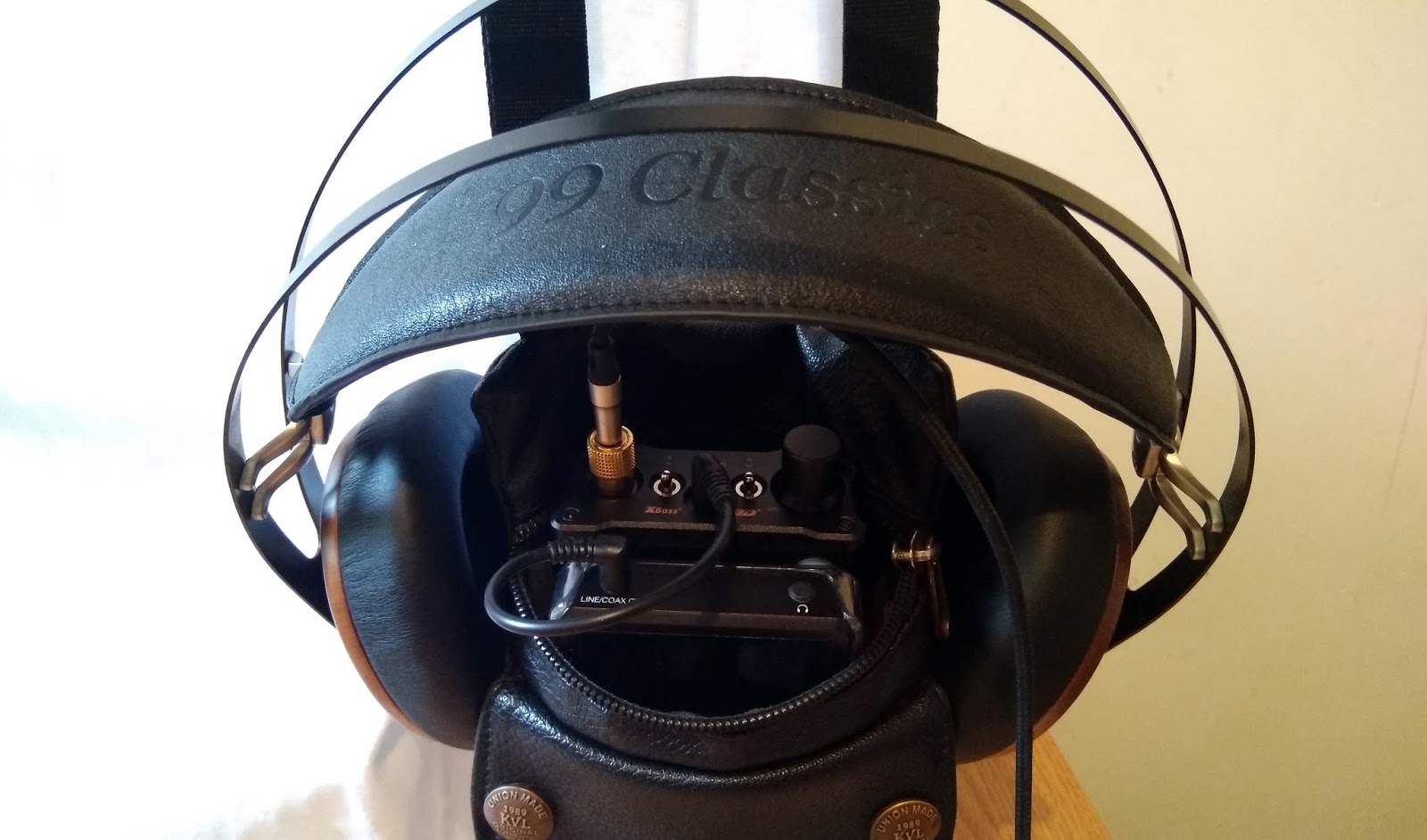






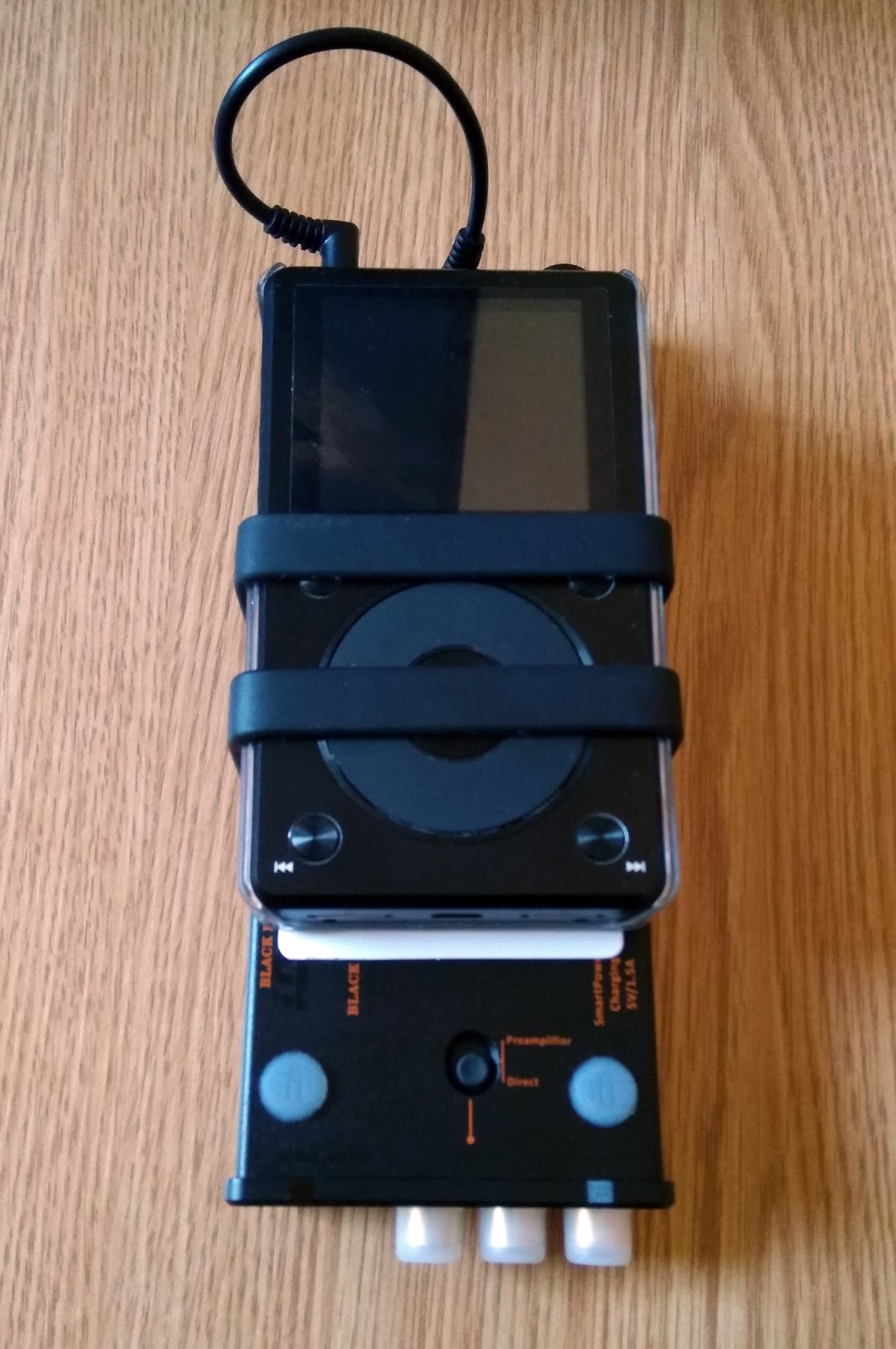



 ) Now I understand what people mean when people say they are bass-heavy. Bass didn't seem so pronounced using my anemic cell phone. I'll keep using them when on-the-go.....not at home.
) Now I understand what people mean when people say they are bass-heavy. Bass didn't seem so pronounced using my anemic cell phone. I'll keep using them when on-the-go.....not at home.









































